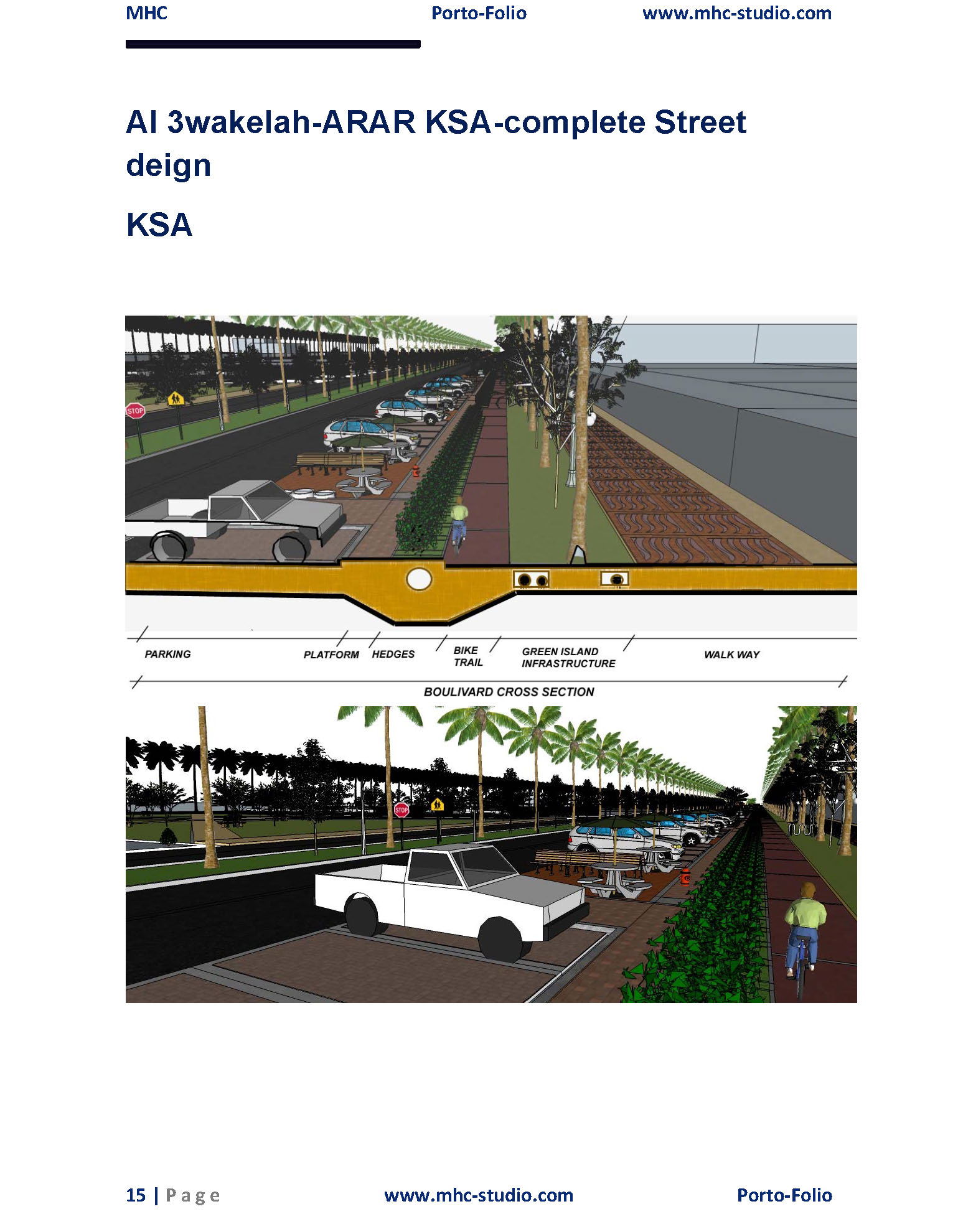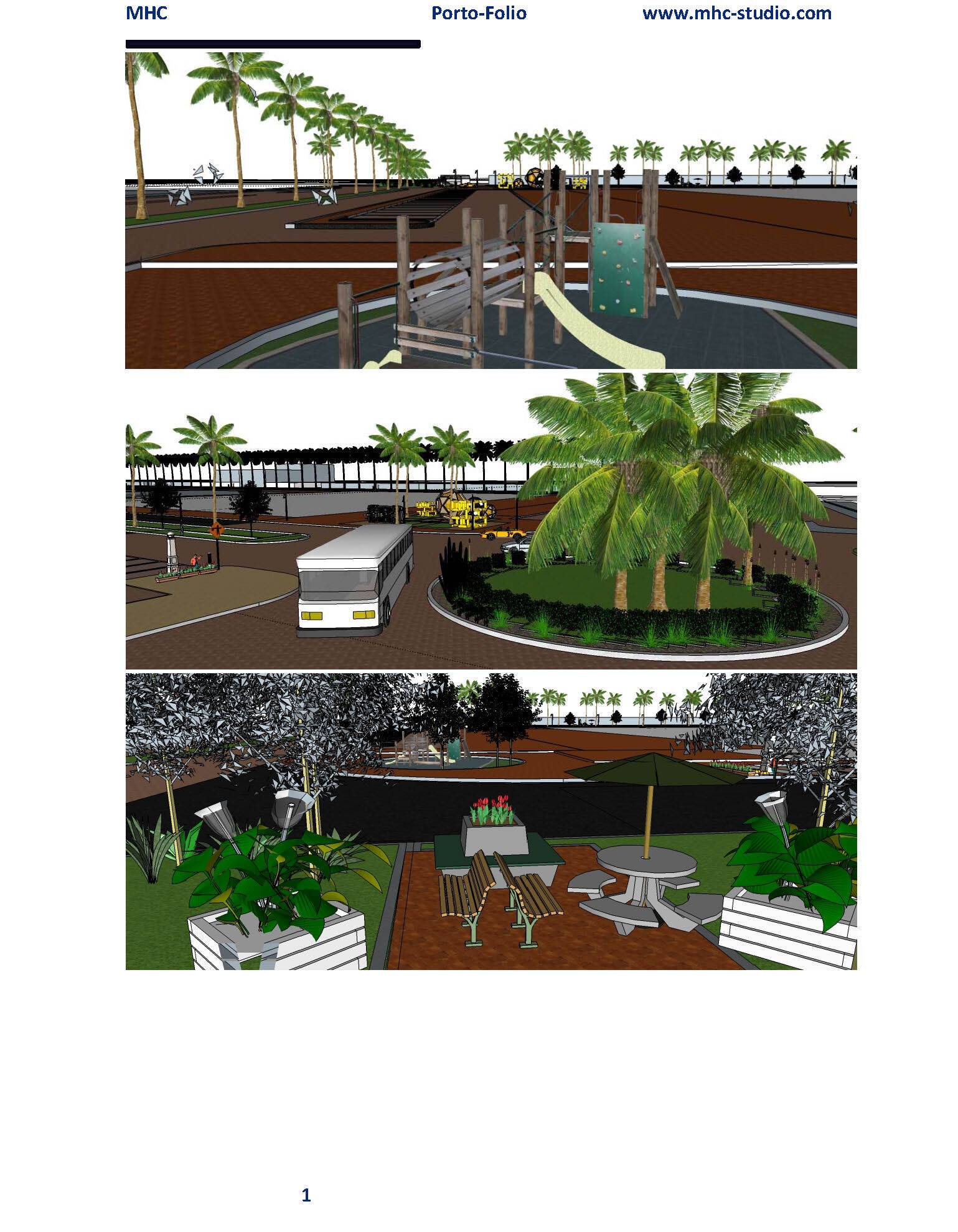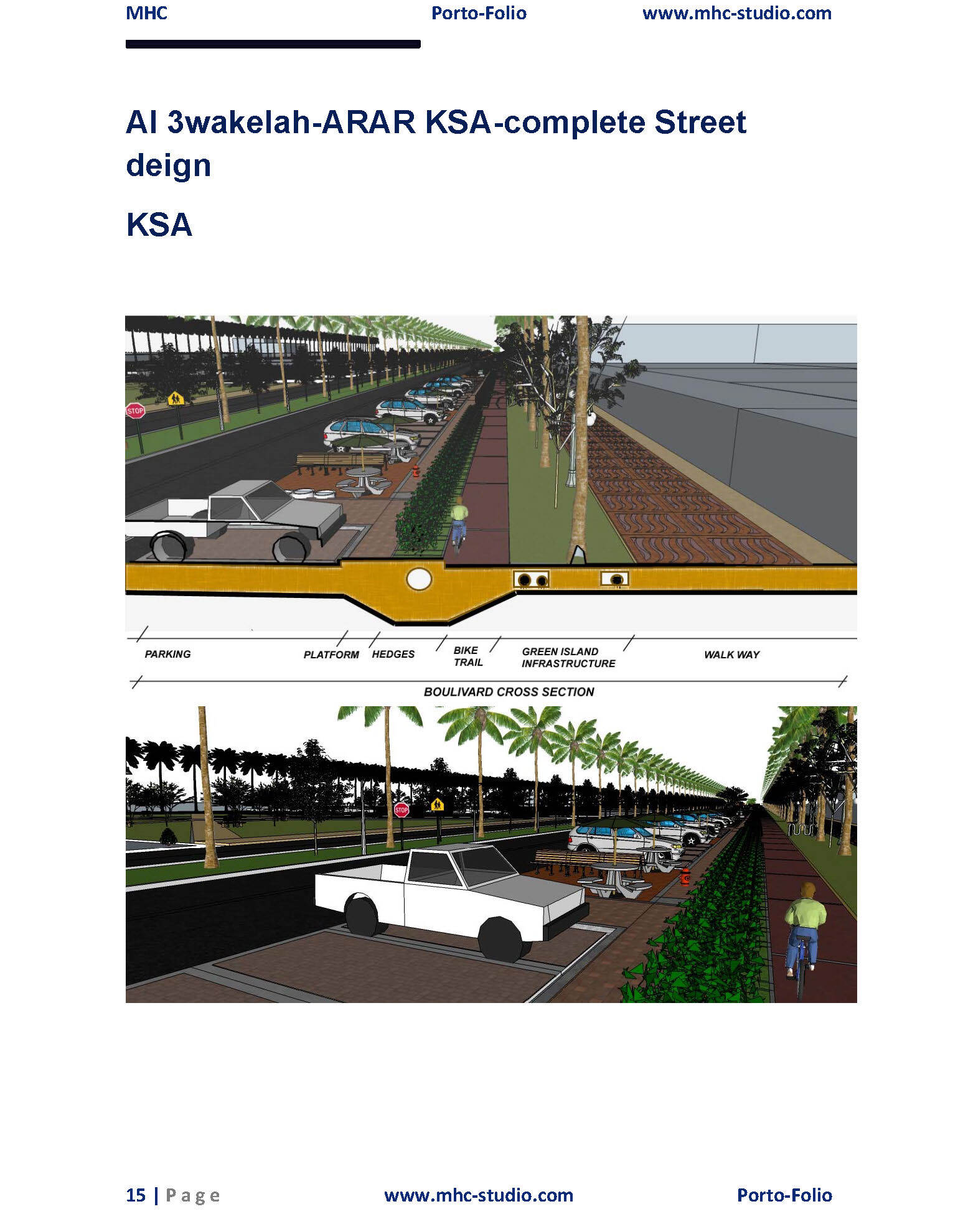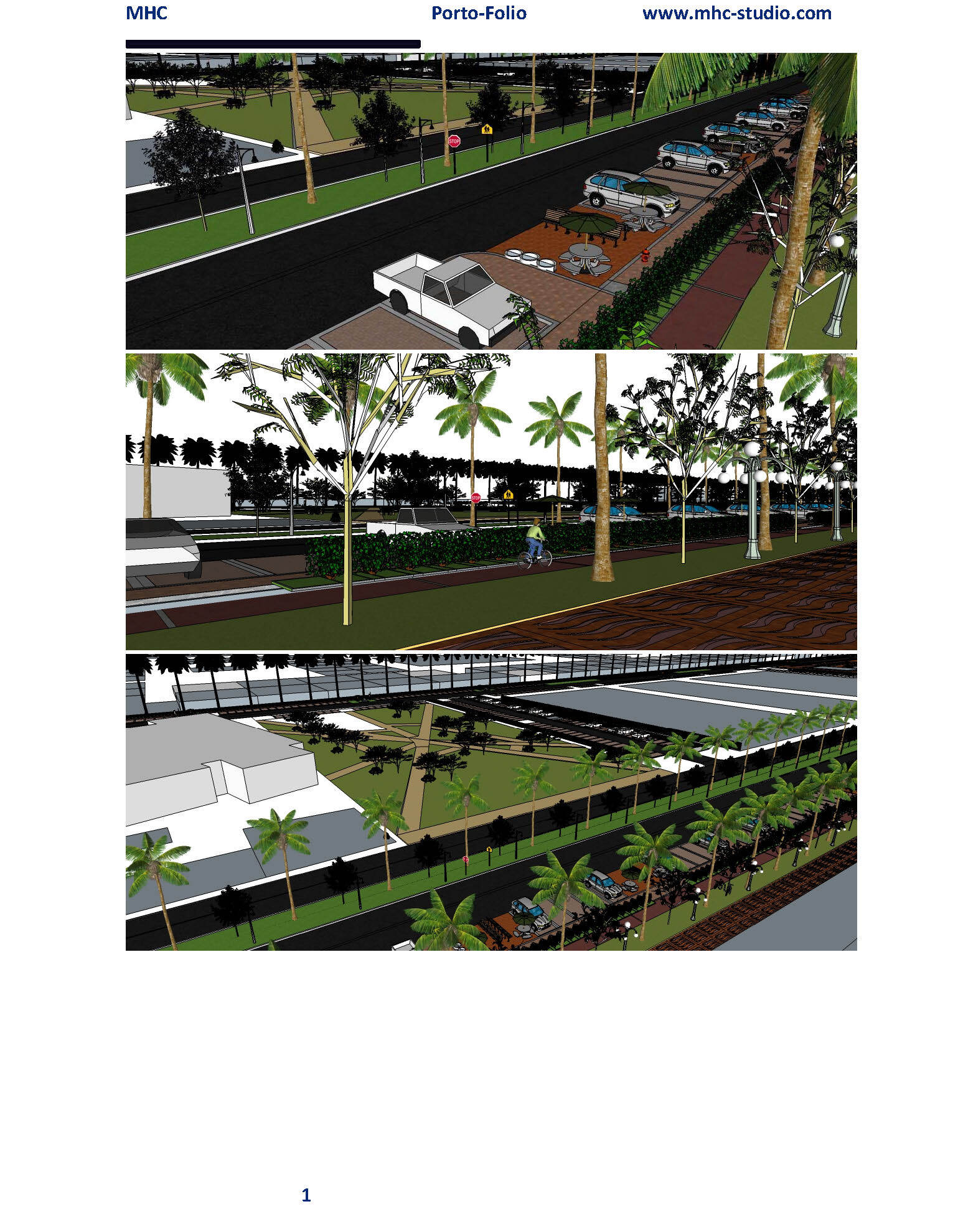10 Urban Design Principles for Sustainable Cities application on Arar-KSA

Introduction to Urban Design for Sustainable Cities
Urban design plays a pivotal role in shaping sustainable cities that are environmentally responsible, economically viable, and socially equitable. Innovation in urban planning and design can significantly reduce the ecological footprint of cities while enhancing the quality of life for their inhabitants. The following principles offer a framework for developing urban environments that promote sustainability, resilience, and community well-being.
- Mixed-Use Development
Mixed-use development integrates residential, commercial, and recreational spaces into a single area. This approach reduces the need for transportation, decreases carbon emissions, and supports a vibrant local economy. It encourages residents to walk or cycle to everyday destinations, which not only reduces traffic congestion but also promotes healthier lifestyles.
- Green Infrastructure
Incorporating green infrastructure, such as parks, green roofs, rain gardens, and urban forests, within city designs helps manage stormwater, reduces urban heat islands, improves air quality, and enhances biodiversity. Green spaces are essential not just for their ecological benefits but also for providing recreational areas that improve mental and physical health.
- Eco-efficient Public Transport Systems
Cities should invest in efficient, affordable, and accessible public transportation systems to minimize reliance on private vehicles. Well-connected public transport networks encourage residents to opt for more sustainable modes of transport, thereby reducing pollution and road congestion.
- Compact City Design
A compact city design minimizes land use by promoting higher density in urban centers. It not only preserves surrounding natural lands but also facilitates more efficient public transport systems and services. High-density living can reduce the per capita use of energy and resources in residential and infrastructure development.
- Energy Efficiency
Energy efficiency should be a core principle in urban design. This includes the use of sustainable materials in construction, energy-efficient appliances, and the design of buildings that optimize natural light and temperature regulation. Incorporating smart technology that can monitor and manage energy use further enhances efficiency and cost-effectiveness.
- Water Management
Effective water management systems are crucial for sustainable urban development. This involves not only reducing consumption and effectively treating and reusing water but also managing water runoff and recycling greywater for non-drinking purposes to conserve water resources.
- Local Identity and Heritage Conservation
Sustainable urban design respects and integrates local cultural heritage and characteristics within its architecture and planning. This enhances community ties and pride, supports local crafts and trades, and preserves the historical essence of the area.
- Participatory Planning
Engaging community members in the planning process ensures that the development meets their needs and aspirations. Participatory planning can lead to innovative solutions that reflect the local context and values, fostering a sense of ownership and responsibility towards the urban environment.
- Sustainable Building Materials
Using sustainable, locally sourced, and non-toxic building materials reduces the ecological footprint of urban development. Such materials often have better thermal performance, reducing energy costs over the building's lifetime while also providing healthier living environments.
- Smart Growth Strategies
Smart growth is about creating urban spaces that are economically prosperous, socially equitable, and environmentally sustainable. It focuses on strategies like building urban villages and revitalizing existing urban areas to prevent sprawl, prioritize community needs, and conserve resources.
Conclusion
Implementing these ten urban design principles can transform cities into models of sustainability and resilience. As urban populations continue to grow, the need for comprehensive, innovative, and sustainable approaches to urban planning becomes more urgent. By adopting these principles, cities can lead the way in creating environments that offer high quality of life while preserving the planet for future generations.
example of application By MHC
Arar roads development in KSA





